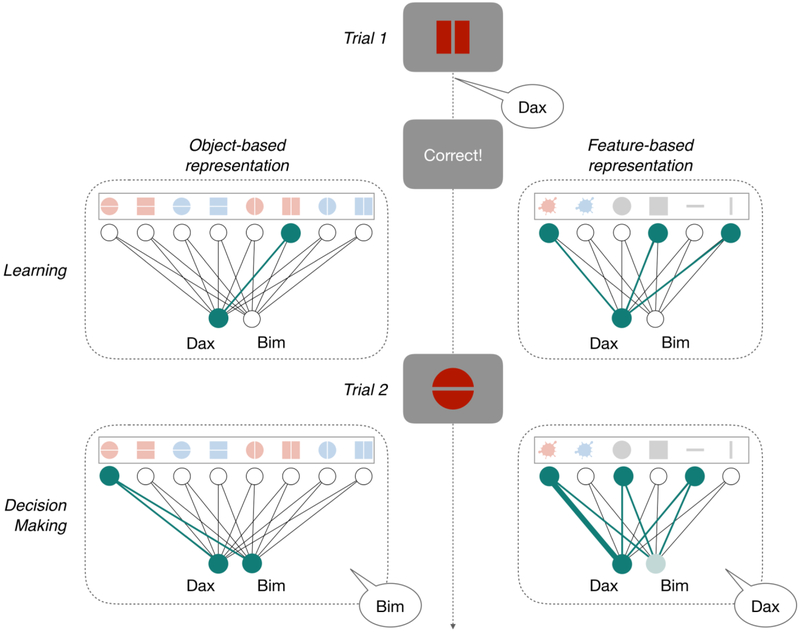Figure I: Possible state representations for a prototypical representation learning task.
Perceptual observations varying along 3 dimensions (color: red or blue, shape: circle or square, and orientation: horizontal or vertical) can be categorized as “daxes” or “bims”. On trial 1, the participant learns from correctly categorizing the red square with a vertical stripe as a “dax”. She can represent the stimulus either as an object (left) or a composition of features (right). An object-based representation leads to strengthening the association between the object and “dax”, while a feature-based representation leads to strengthening the association between the component features and “dax”. On trial 2, the participant must categorize the red circle with a horizontal stripe. If she has an object-based representation, she is indifferent between “dax” and “bim” (and hence might randomly choose “bim”), while if she has a feature-based representation, she would be more likely to say “dax” due to the previously learned association between red and “dax”. Thicker lines show a stronger association between an input-level representation and the output label; active input units, and their connection to output units, are shown in teal.

